Following the Indian Pepper Trail
Pepper: spicy, aromatic and fragrant. On a trip to southern India I had the chance to follow the Indian Pepper Trail and learn at the source about the most popular spice in the world. Pepper is one of those flavor profiles we all love; when used correctly, enhances flavor and provides heat, giving a tingle to your palate. Widely traded, it has a history that dates back more than 3,000 years. Representing more than 25% of the world trade in spices, it is produced in only a handful of countries within 15 degrees of the equator. India is the largest producer, sourcing from the Malabar Coast of SW India.
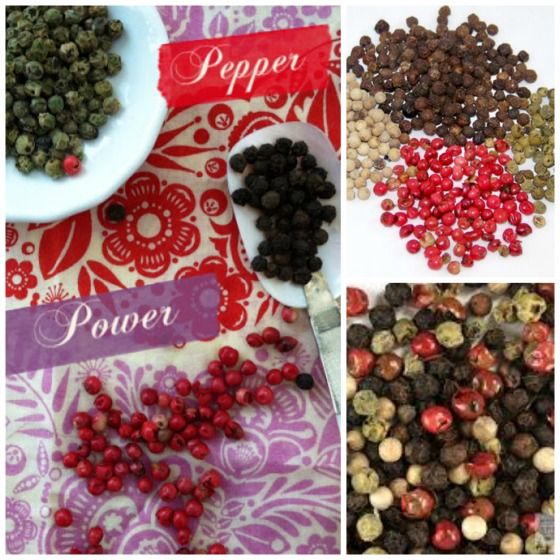
Peppercorns are often categorized by their place of origin. The popular spice thrives in the hot and humid climate of India, where you will find two types: Malabar, from the Malabar coast, and Tellicherry, grown in the mountains. Wild pepper grows in the Western Ghats and historically was abundant, however, deforestation has drastically reduced the quality and yeild of the wild spice. Efforts art now being made to keep the crop sustainable in protected areas where it is grown along the Indian pepper trail.
Native to the country, the perennial woody vine is often found growing up the shade trees planted in tea plantations. We hiked through the farms of Thekaddy in the Western Ghats to see the symbiotic relationship between the tea and pepper vines. Tall thin trees are planted between the shorter bushy tea growth. The pepper vines wind their way around the trunks and up the trees. Both provide shade for the lower growth of the tea plants. The eco relationship is beneficial to both tea and pepper.
Our homestay was on a coffee plantation where pepper and cardamom was also cultivated. We had the opportunity to explore the farm, learn from the owner and see how the three crops were harvested and dried. I can’t begin to tell you how heady the aroma was as we walked among the different layers, each one adding to the scent of the other.
History of the Indian Pepper Trail
Black Pepper
Black peppercorns are simply the dried, unripe berries of the pepper plant. Tellicherry peppercorns of India are larger in size and have a complex flavor. Although black pepper is available in powder form, it is best to purchase whole peppercorns and invest in a good quality pepper grinder. The aroma and flavor of freshly ground peppercorns is like none other.
Green pepper
Green Peppercorns are produced by putting the fresh green fruits (drupes)in boiling water for about 20 minutes which kills the enzyme in the skin that normally turns black. Less intense than both white and black pepper, they are great used in delicately flavored dishes when you want less intensity. Pickled peppercorns are preserved in brine or vinegar. Their flavour has been described as spicy and fresh, with a bright aroma. They decay quickly if not dried or preserved.
Orange pepper and red pepper
Orange pepper or red pepper usually consists of ripe red pepper drupes preserved in brine and vinegar. Ripe red peppercorns can also be dried using the same colour-preserving techniques used to produce green pepper.
White Pepper
White pepper consists of the seed of the pepper plant alone, with the darker-coloured skin of the pepper fruit removed. This is usually accomplished by a process known as retting, where fully ripe red pepper berries are soaked in water for about a week, during which the flesh of the pepper softens and decomposes. Rubbing then removes what remains of the fruit, and the naked seed is dried. Ground white pepper is often used in cream sauces, Chinese and Thai cuisine, and dishes like salad, light-coloured sauces and mashed potatoes, where black pepper would visibly stand out. White pepper has a slightly different flavour from black pepper, due to the lack of certain compounds present in the outer fruit layer of the drupe, but not found in the seed.
Pink Peppercorns
Pink peppercorns are not true peppercorns, but a similar tasting berry of the Baies Rose or pink berry plant native to South America. Fruity in their sweet and spicy flavor, these rare berries are great for adding a dash of color. Anyone with a tree nut allergy should be aware that these are members of the cashew family.
Luckily, in the modern world pepper is now grown in many locations and readily available from a variety of sources. Like any other agricultural products, quality can vary widely and the constant impetus to reduce costs makes some products less satisfactory than others. After seeing the Indian pepper trail, I will search out the Tellicherry variety with fond memories of learning about this popular spice at the source.


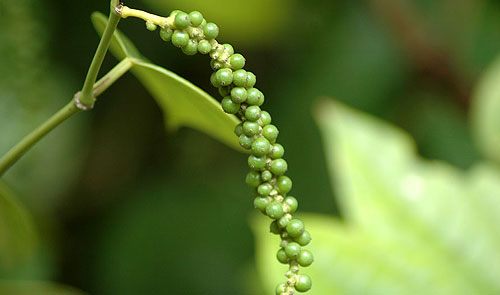


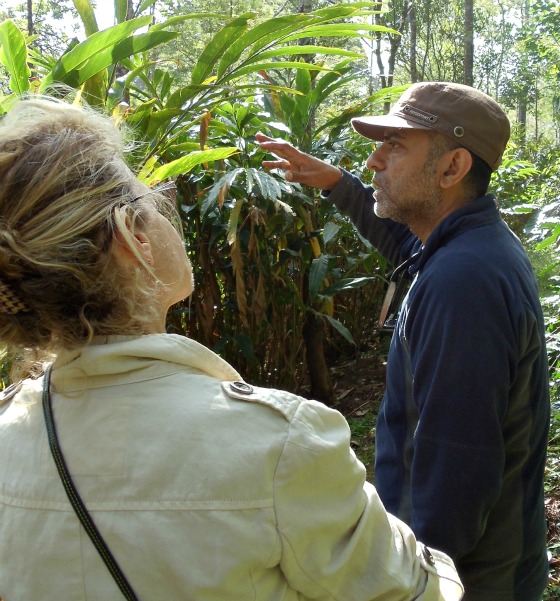



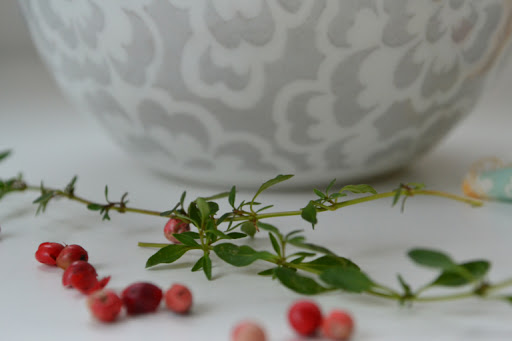






















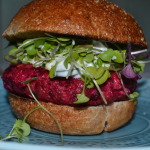











Every cook, foodie and food lover should read this! Thank you! I plan to share with my friends.
I’ve noticed these trees also in between tea plantations in different regions of SE Asia, so many amazing colors
What a great experience to follow the Indian pepper trail. A spice that we use daily but never really think about where it comes from. Thanks for sharing.
I think about the trip every time I use the pepper grinder.
A pepper primer, love it! The heady aroma of spices is one of my favorite memories of Kerala, and peppercorns one of the best souvenirs. I’ll see about making that dish from Ottolenghi, which looks wonderful…yum!
Let me know if you make it Anita-it’s really a winning recipe!I’m just about out of my pepper from the trip. Hmmm……
Pepper has become so commonplace that we take it for granted. Thanks for the history and background, and you are so right about freshly grinding pepper.